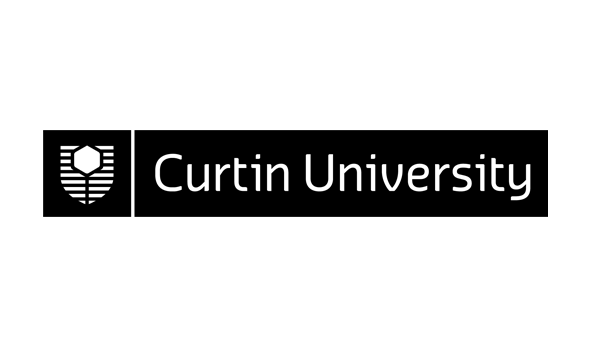311695 (v.1) Observational Techniques in Astronomy 201
| Area: | Department of Applied Physics |
|---|---|
| Credits: | 25.0 |
| Contact Hours: | 4.0 |
| ** The tuition pattern below provides details of the types of classes and their duration. This is to be used as a guide only. For more precise information please check your unit outline. ** | |
| Lecture: | 1 x 2 Hours Weekly |
| Tutorial: | 1 x 1 Hours Weekly |
| Fieldwork: | 2 x 5 Hours Once-only |
| Prerequisite(s): |
7062 (v.6)
Mathematics 101
or any previous version
OR 10926 (v.5) Mathematics 103 or any previous version AND 302804 (v.3) Physics 101 or any previous version AND 305415 (v.3) Physics 102 or any previous version |
| Syllabus: | Develops an understanding of the suite of techniques used by astronomers to record and analyse observations of celestial objects. Topics include astronomical coordinate systems (horizontal, equatorial, ecliptic, galactic), spherical trigonometry, systemsof time (sidereal, solar, atomic, coordinated universal) and calendars. Techniques for the precise measurement of astronomical positions (including historical catalogues) will be covered in some detail, along with the factors that can influence the long-term stability of measured positions (e.g. aberration, parallax, polar nutation and precession). Telescope technology will be described in detail, along with important instrumental techniques (e.g. astronomical photometry, spectrometry) and background concepts like source intensity, flux density, luminosity, surface brightness, apparent and absolute magnitudes, filter systems, interstellar extinction and atmospheric distortion. Several image processing topics will be introduced, including aperture photometry, CCD imaging, counting statistics, signal to noise ratio, and various visualisation methods. The standard physical interpretations of astronomical data will be examined, including blackbody radiation, ionisation, and elementary spectral analysis. |
| ** To ensure that the most up-to-date information about unit references, texts and outcomes appears, they will be provided in your unit outline prior to commencement. ** | |
| Field of Education: | 010303 Astronomy |
| SOLT (Online) Definitions*: | Informational *Extent to which this unit or thesis utilises online information |
| Result Type: | Grade/Mark |
Availability
| Year | Location | Period | Internal | Partially Online Internal | Area External | Central External | Fully Online |
|---|---|---|---|---|---|---|---|
| 2009 | Bentley Campus | Semester 1 | Y |
Area External refers to external course/units run by the School or Department or offered by research.
Central External refers to external and online course/units run through the Curtin Bentley-based Distance Education Area
Partially Online Internal refers to some (a portion of) learning provided by interacting with or downloading pre-packaged material from the Internet but with regular and ongoing participation with a face-to-face component retained. Excludes partially online internal course/units run through the Curtin Bentley-based Distance Education Area which remain Central External
Fully Online refers to the main (larger portion of) mode of learning provided via Internet interaction (including the downloading of pre-packaged material on the Internet). Excludes online course/units run through the Curtin Bentley-based Distance Education Area which remain Central External

